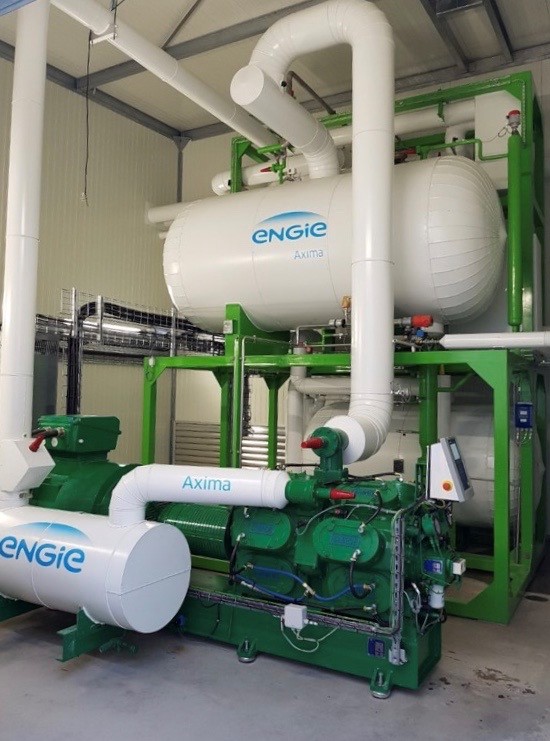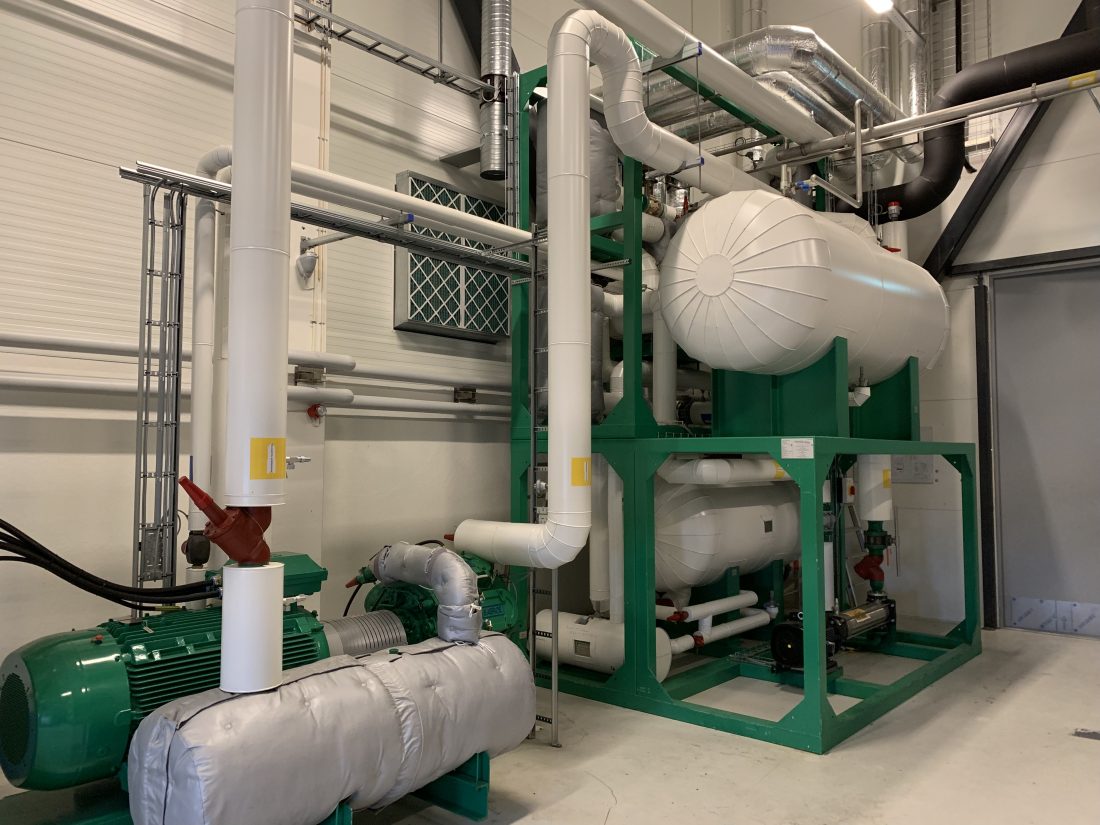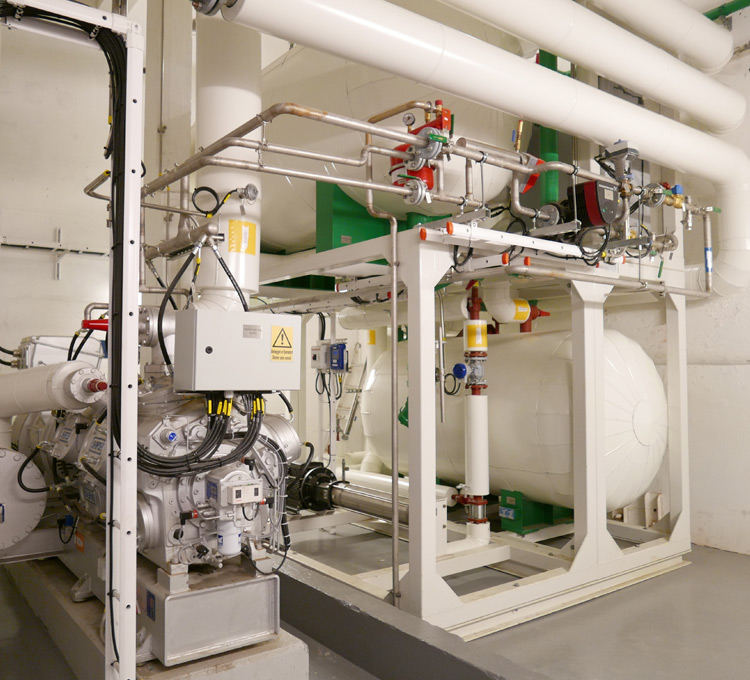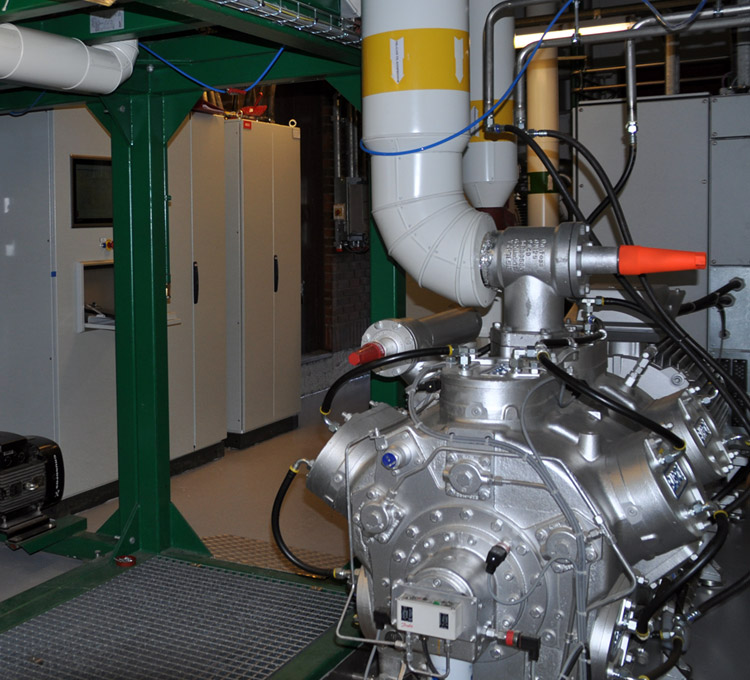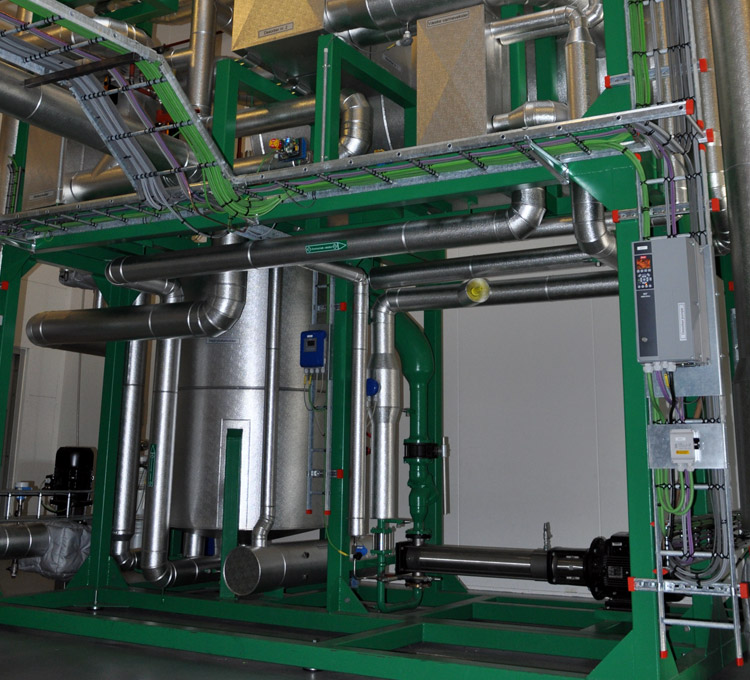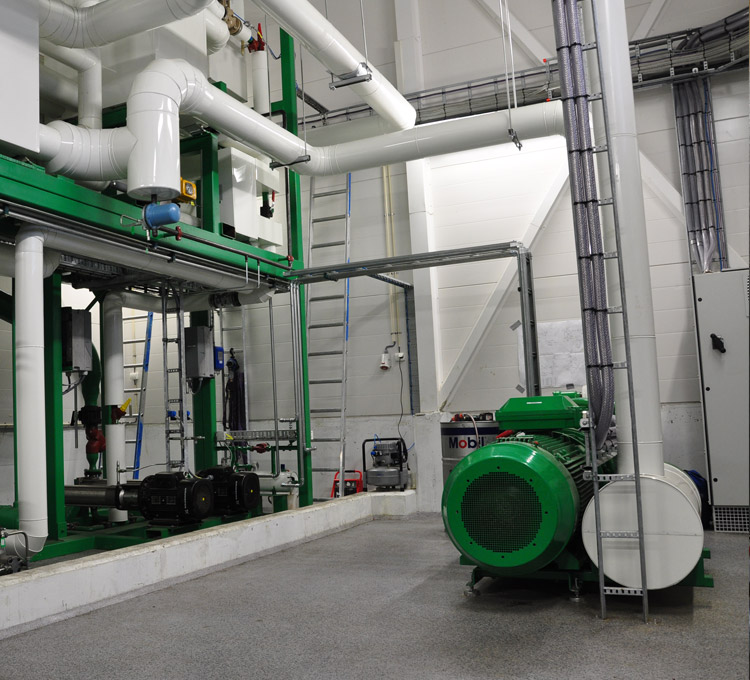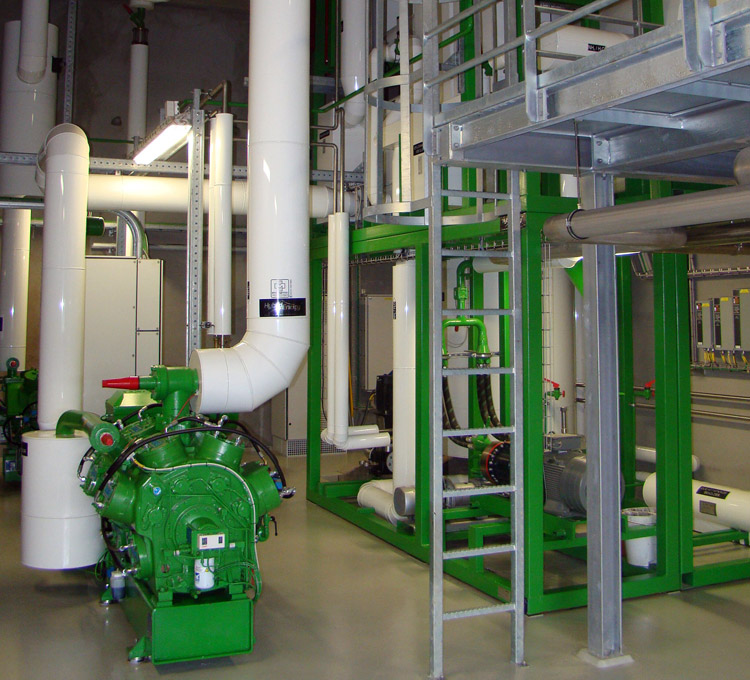Savencia/CF&R, France
ABOUT THE COMPANY:
- One of Europe’s leading cheese dairies
- Main products: cheese
THE PROJECT:
- One-stage
- 1.700 kW
- Source: 50/44°C
- Sink: 65°C/85°C
- Source: Cooling plant
- Heat for pasteurization, sterilization
RESULTS:
- COP 5,5: 81% energy savings
- Annual savings: Approx. 11 GWh
- First plant in co-operation with Engie Axima
